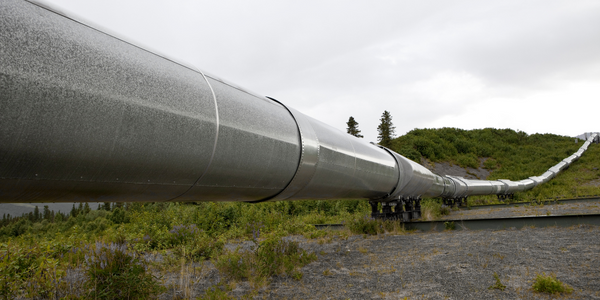技术
- 应用基础设施与中间件 - 数据库管理和存储
- 基础设施即服务 (IaaS) - 云数据库
适用行业
- 消费品
- 石油和天然气
用例
- 时间敏感网络
- 交通监控
服务
- 云规划/设计/实施服务
- 系统集成
关于客户
本案例研究中的客户是 The Guild,一家专门为 GraphQL API 开发开源工具的公司。他们的产品之一 GraphQL Hive 是针对 GraphQL API 的架构注册、监控和分析解决方案。它可以帮助用户跟踪更改历史记录、防止 API 损坏并分析 API 流量。 Guild 团队熟悉 SQL,他们正在寻找一种易于学习和维护、具有出色性能、适合分析和数据聚合、具有内置 TTL、类型系统且没有任何问题的数据库解决方案高基数。
挑战
GraphQL Hive 是一种用于监控和分析 GraphQL API 的开源工具,它面临着严重的扩展问题。该工具可跟踪更改历史记录、防止 API 损坏并分析 API 流量,最初使用 Elasticsearch 进行数据存储。然而,随着数据量的增加,平均响应时间开始明显减慢。此外,索引过程存在问题,较大的用户会影响较小用户的查询性能。尽管尝试通过为每个用户创建索引来提高性能,但 Elasticsearch 的整体速度仍然低于预期。 GraphQL Hive 背后的公司 The Guild 的团队也发现 Elasticsearch 基于 JSON 的查询语言具有挑战性,因为他们更熟悉 SQL。
解决方案
为了寻找 Elasticsearch 的替代方案,The Guild 团队评估了多个数据库,包括 InfluxDB、TimescaleDB、Druid 和 ClickHouse。他们的要求包括易于学习和维护、卓越的性能、分析和数据聚合的适用性、内置 TTL、类型系统,并且没有高基数问题。经过测试,他们发现 ClickHouse 提供了最佳性能,查询时间约为 100 毫秒,而 Elasticsearch 为 10 秒。从 Elasticsearch 到 ClickHouse 的迁移是逐步完成的,数据写入两个目的地整整一个月,以确保零停机时间。该团队还开始转向 ClickHouse Cloud,利用其对分片和复制的开箱即用支持,为未来的扩展需求做好准备。
运营影响
数量效益

Case Study missing?
Start adding your own!
Register with your work email and create a new case study profile for your business.
相关案例.

Case Study
Taking Oil and Gas Exploration to the Next Level
DownUnder GeoSolutions (DUG) wanted to increase computing performance by 5 to 10 times to improve seismic processing. The solution must build on current architecture software investments without sacrificing existing software and scale computing without scaling IT infrastructure costs.
.png)
Case Study
Improving Vending Machine Profitability with the Internet of Things (IoT)
The vending industry is undergoing a sea change, taking advantage of new technologies to go beyond just delivering snacks to creating a new retail location. Intelligent vending machines can be found in many public locations as well as company facilities, selling different types of goods and services, including even computer accessories, gold bars, tickets, and office supplies. With increasing sophistication, they may also provide time- and location-based data pertaining to sales, inventory, and customer preferences. But at the end of the day, vending machine operators know greater profitability is driven by higher sales and lower operating costs.

Case Study
Remote Wellhead Monitoring
Each wellhead was equipped with various sensors and meters that needed to be monitored and controlled from a central HMI, often miles away from the assets in the field. Redundant solar and wind generators were installed at each wellhead to support the electrical needs of the pumpstations, temperature meters, cameras, and cellular modules. In addition to asset management and remote control capabilities, data logging for remote surveillance and alarm notifications was a key demand from the customer. Terra Ferma’s solution needed to be power efficient, reliable, and capable of supporting high-bandwidth data-feeds. They needed a multi-link cellular connection to a central server that sustained reliable and redundant monitoring and control of flow meters, temperature sensors, power supply, and event-logging; including video and image files. This open-standard network needed to interface with the existing SCADA and proprietary network management software.

Case Study
Refinery Saves Over $700,000 with Smart Wireless
One of the largest petroleum refineries in the world is equipped to refine various types of crude oil and manufacture various grades of fuel from motor gasoline to Aviation Turbine Fuel. Due to wear and tear, eight hydrogen valves in each refinery were leaking, and each cost $1800 per ton of hydrogen vented. The plant also had leakage on nearly 30 flare control hydrocarbon valves. The refinery wanted a continuous, online monitoring system that could catch leaks early, minimize hydrogen and hydrocarbon production losses, and improve safety for maintenance.









